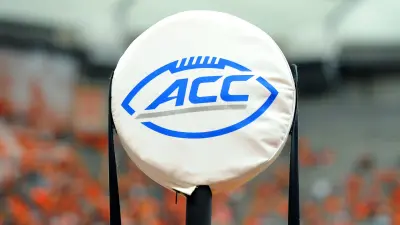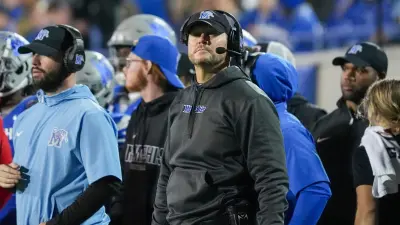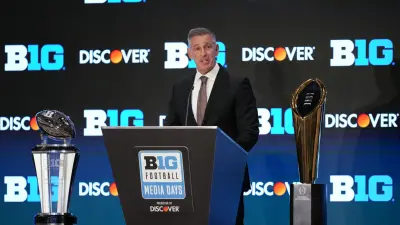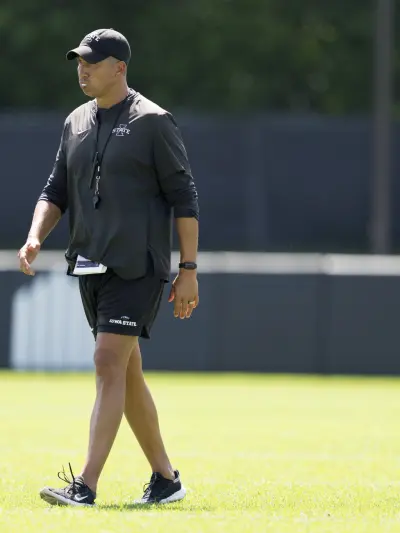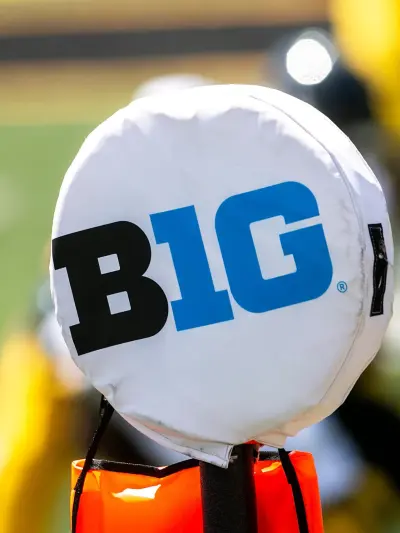Conference realignment is the present and future of collegiate athletics, as the Big Ten is the latest conference to keep expanding its reach of teams.
Friday evening, the Big Ten Conference announced Oregon and Washington as official members, joining USC and UCLA as the four west coast programs will join in 2024. With these add-ons, the conference will have 18 schools instead of the 14 programs that fans, media members, and pundits have gotten to know.
Commissioner Tony Petitti, who succeeded Kevin Warren after departing for the Bears, said he is pleased with the decision made by both institutions.
https://twitter.com/bigtennetwork/status/1687591360335912965
“We are excited to welcome the University of Oregon and the University of Washington to the Big Ten Conference,” Petitti said in a statement. “We look forward to building long-lasting relationships with the universities, administrators and staff, student-athletes, coaches, and fans. Both institutions feature a combination of academic and athletic excellence that will prove a great fit for our future.”
For the moment, divisions are a thing of the past, which is both good and bad. Traditionally, matchups like Illinois-Iowa, Minnesota-Wisconsin, and Michigan State-Penn State would happen annually. With the realignments taking shape, fans and consumers must get used to newer matchups with much more significant implications. This could be a negative if both schools don’t have a prior extensive history with each other, such as Purdue-Oregon.
Though everything is fluid and the official transition is a year away, it’s hard not to already imagine what a potential 20-team conference might look like. News flash: it’s head-spinning.
More Sports News
What is the current state of realignment?
To put everything in perspective, college football is a completely different sport than it was five years ago. It’s evolving, but traditionalism is still important.
For example, the Big Ten revealed earlier this summer the idea of “two-play” games. Essentially, it would be a rotational schedule where each of the schools would play the same opponent twice in a two-year span, then rotate, and so on.
Of course, the assumption remains the conference will make slight variations to the format ahead of the 2024 season, but for now, it would look something like this.
Let’s take Ohio State as an example. When it comes to its two-play schedule, its only protected rivalry game is Michigan, meaning the two teams would continue playing every year in Ann Arbor and Columbus on Thanksgiving weekend.
As is usually routine, the game is for the Big Ten East (and could be for the final time in November). Therefore, it’s essential to keep it given the history, tradition, intrigue, and stakes.
On the other hand, its rotational teams include Illinois and Northwestern, meaning the matchups would occur in 2024 and 2025 with and without home-field advantage. Under the divisional format, the Buckeyes would have had Michigan State and Penn State on their schedule each year, along with at least one crossover game in the western division. They were games that would help decide who would represent the East and vice-versa.
If those rotational games aren’t going to be competitive consistently, it feels like a waste of time.
In saying all of this, the history and intrigue of old-school rivalries feel dead. The essentials are still there, but when the ACC switches up its format to a 3-3-5 model, and the Big 12 evaporates almost the entirety of the Pac-12, which makes up half of the Rose Bowl Game each New Year’s Day (minus any College Football Playoff years), a new era will begin.
The 2023 season will be a year of lasts, and for those who enjoy normalcy, buckle up.
If Friday, Aug. 4, 2023, taught us anything, rivalries are alive, but most of them, quite frankly, are not all well and may not be for the foreseeable future.


